Sources of Certification and Civil Rights Advocacy Organizations: The JACL, The NAACP, and Crises of Legitimacy
The Dynamics of Contention program emphasizes the role of external authorities as key to the certification of social movement actors. Its examples highlight the power of authorities to legitimate and affect the flow of resources to challengers. We focus on the continual work done by a social movement organization to be certified by multiple sources as the legitimate representative of its respective group or constituency, through an iterative and dynamic process. Using a comparative case study of two long-lived civil rights organizations in the United States, the National Association for the Advancement of Colored People and the Japanese American Citizens League, we argue that social movement organizations must gain certification from multiple certifiers, including those whom they claim to represent, government authorities, and the media. Certification from one authority may undermine its likelihood from another, and therefore an organization must negotiate these tensions as it works toward its larger goals.

